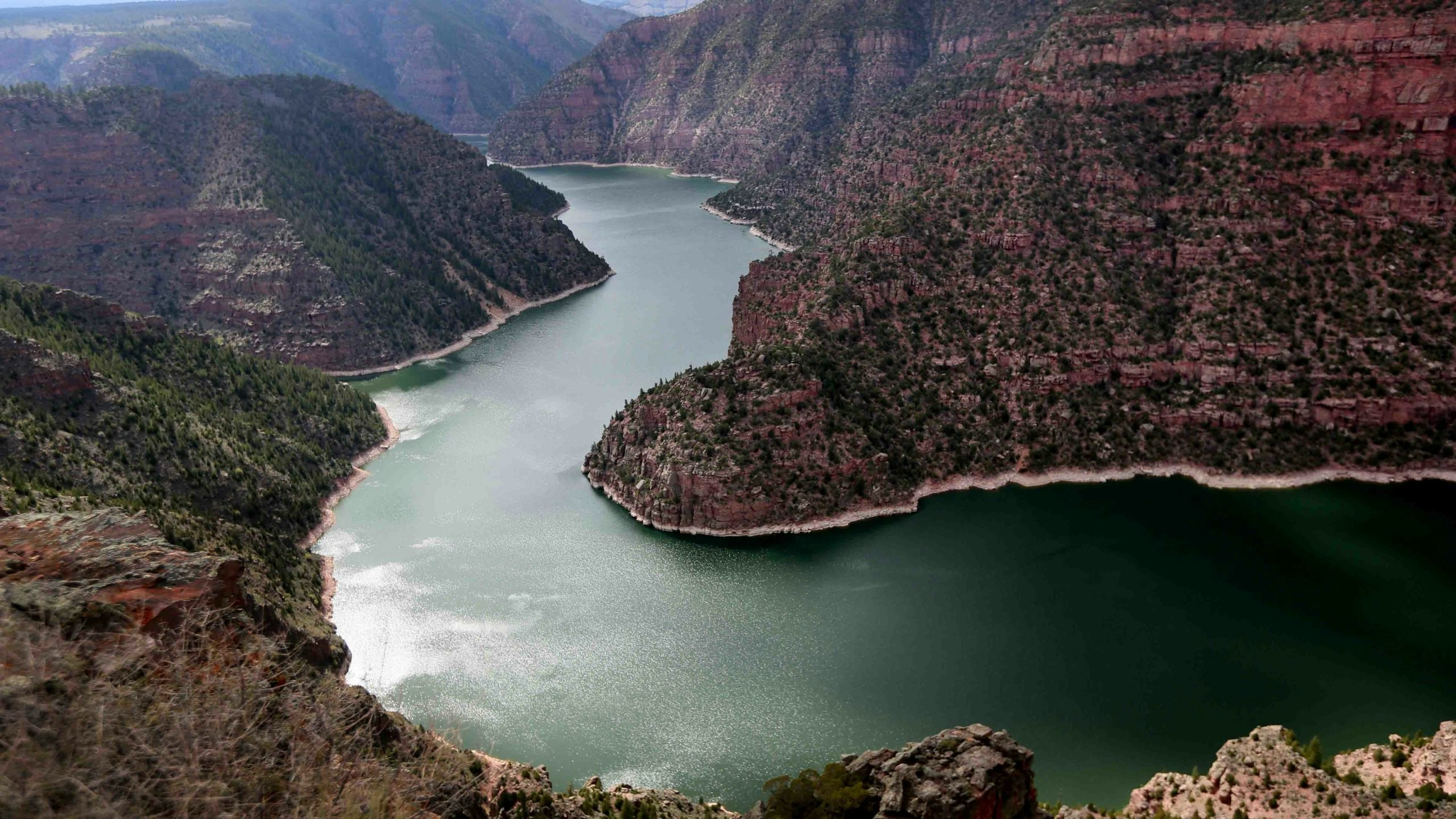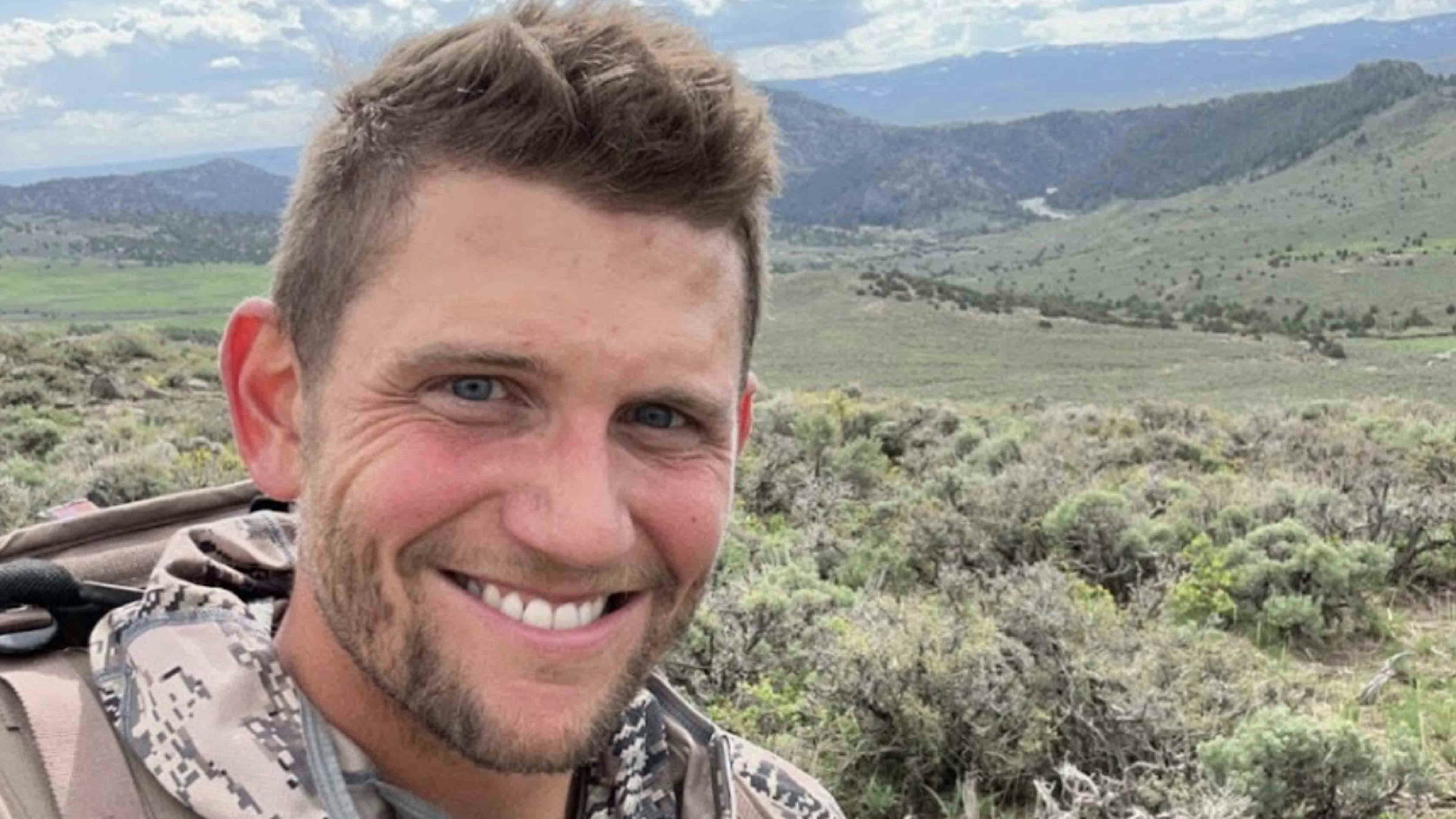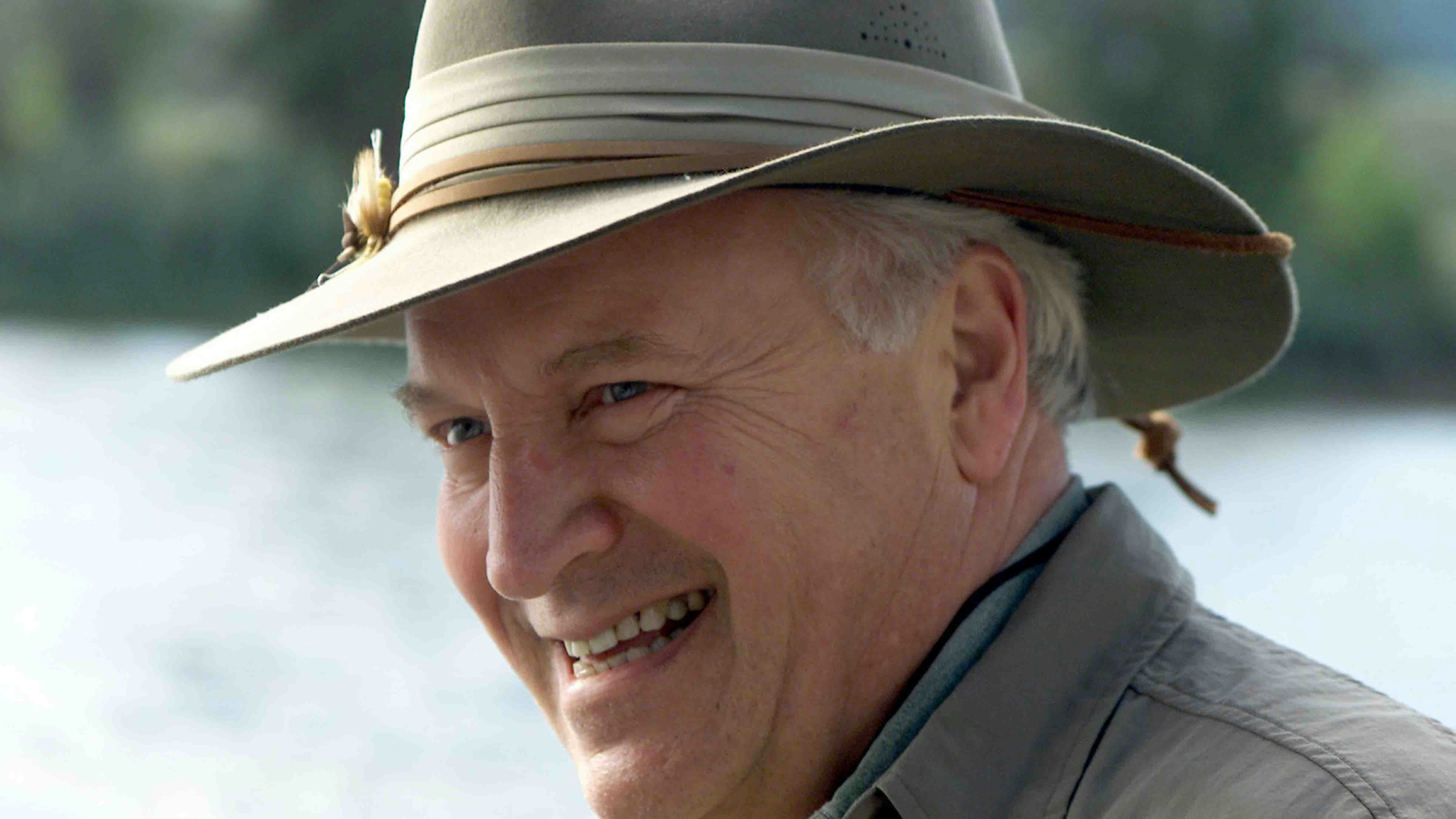By Bill Sniffin, publisher emeritus
In Wyoming, whiskey is for drinking. Water is for fighting over.
Never has that old saying been more fitting than today.
Worldwide, the next great shortage crisis will involve water. And Wyoming has an abundance of water.
Our most important unclaimed water resource is the ample Green River, which streams down from its headwaters in the Wind River Mountains near Dubois. It flows down the western side of the state exiting the state in the 91-mile long Flaming Gorge Reservoir south of Green River.
Since 2002, the biggest threat to Wyoming water stored in huge amounts at Flaming Gorge has been posed by a Fort Collins entrepreneur.
Aaron Million lusts after that water and has promoted plans upon plans to get it to the Front Range of Colorado.
For years, he touted a pipeline that would run across southern Wyoming. A tiny amount of the water would have been allocated to Cheyenne and Torrington. Despite that token gesture, the project was fought hard by just about everyone in Wyoming. A survey on the project once showed 79 percent of Wyomingites opposed it.
Recently, Million has proposed moving the project to Utah, but officials in that state have also spurned his efforts.
And even more recently, he proposed his project as an energy generation project, similar to hydropower projects across many western states. No takers on that plan yet, either.
The guy dreamed up the project while doing a thesis at the University of Colorado. He deserves credit for his persistence. His well-heeled backers appear to keep paying him with the remote hope that someday the project will work its way through all the regulatory hurdles and divert Wyoming water to Colorado.
Million seemingly rolls his eyes at the opposition to his project. He claims it would only use 1% of the water in the Green River. Skeptics disagree.
Historically, the Colorado River compact was flawed. Seven states, including Wyoming, tried in 1922 to divide up the water that flows down that river. The biggest single tributary flowing into the Colorado is the Green River. It joins the Colorado near Canyonlands National Park in Utah.
When they divvied up the water rights, officials from the states had no way of knowing that they were emerging from some very wet decades and entering dry times.
Especially in recent times, when population growth has been been high and precipitation levels have been low, a crisis has loomed. States like Colorado want the water that was allocated to them. Hence, the efforts to harness water currently flowing in the Green River and stored in Flaming Gorge Reservoir. Other states in the compact were Utah, New Mexico, Arizona, Nevada, and California.
Other canal projects come to mind. After almost 50 years of effort, the Central Arizona Project now drains billions of gallons of water away from the Colorado River to keep golf courses in Phoenix green.


Although most of the unallocated water is located in Wyoming, Colorado is the thirstiest place north of Las Vegas, which draws its water from the over-allocated Lake Mead. Lake Mead is the biggest reservoir in the United States but its water levels are dropping at an alarming rate. It now contains less water than when it was first filled.
Super strict water restrictions in Sin City have resulted in a city with few green lawns. Yards everywhere are landscaped desert designs and cactus gardens.
Back in Colorado, some 80% of the people live east of the continental divide and 80 percent of its water is west of the divide. The state was been a model of water creativity, especially with trans-basin movement of water. In some cases, it even involves tunnels through mountains crossing under the divide.
Today Colorado leaders are aghast because Nebraska is proposing a new canal to draw water from its South Platte River. This 500-mile project would take water away from the already parched Front Range but the plan is legal based on long ago regional water compacts.
Nebraska officials are smug about their chances while Colorado officials are apoplectic about the very mention of them losing any more water.
An underground lake? In Greeley, city leaders are working on a project where they would store water in an aquifer, which is similar to a lake – except it is underground.
Called the Terry Ranch project, it is located under 10,000 acres of land near Carr, Colorado, just south of Cheyenne. It would reportedly hold 1.2 million acre-feet of water. This is almost 50 times more water than what is being used now by Greeley. Now, that is an example of some real creativity.
Meanwhile, this is not the end of water squabbles between states in this region. As temperatures continue to soar and rain and snow totals drop, the only thing guaranteed to happen will be future battles over this limited natural liquid resource.





